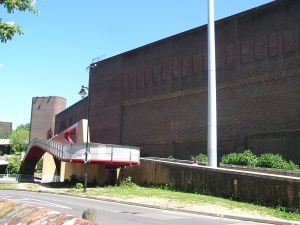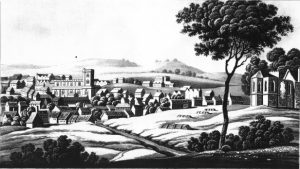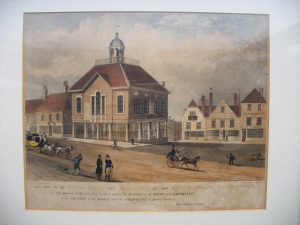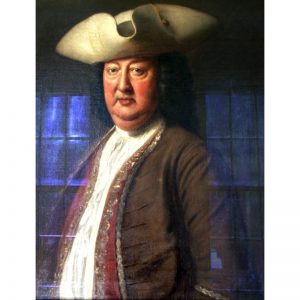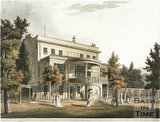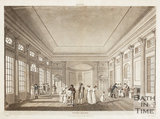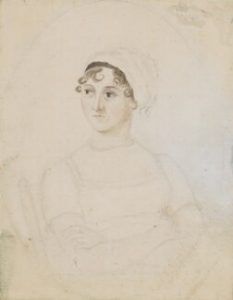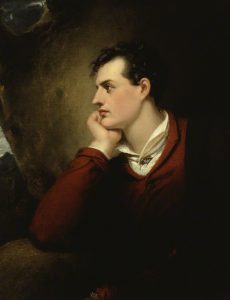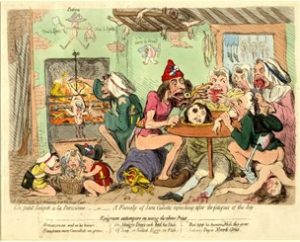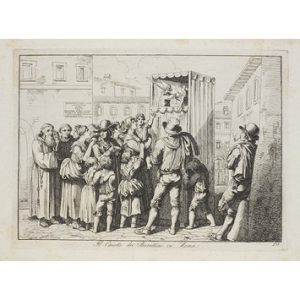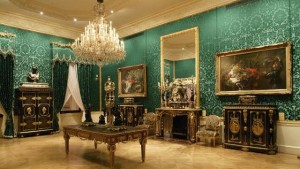November 6th 2017
Vivaldi in Venice.
A Special Interest Day led by Peter Medhurst
What better way to begin the day than by floating down the canals of Venice to the music of Vivaldi’s Psalm 109. Peter then posed the question ‘What is it about Vivaldi’s music that is so indicative of Venice in the 18th. century?’ Vivaldi was born in Venice in 1678 and the entire structure and atmosphere of Venice was intertwined with Vivaldi’s music.
Canaletto’s painting ‘Views of Venice ‘ show this very well.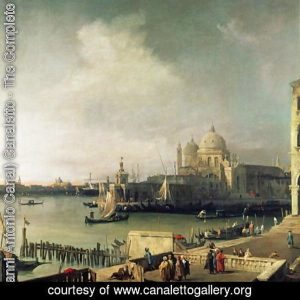
Vivaldi uses more instruments than other baroque composers and this creates colour and the Venetians adored colour. Vivaldi also uses delicate lines in music just as Canaletto does in Art.
Venetians also loved liveliness and dazzle in their music . Theme and variation is as core to the music of Vivaldi as it is to the architecture of Venice. Vivaldi appreciated that if you have an energetic baseline the singing seems to go faster . Venetians realised that to entertain on the inside of the homes needed to be the focus because there was no room to do it outside in squares etc. Pietro Longhi was a famous painter of the time and many of his paintings showed interiors of upper class homes and showed the important role that music played as in –
‘The Music Lesson ‘ by Pietro Longhi 1760.
A hallmark of Vivaldi was the necessity to create melodies to entertain the ear.
We know little about Vivaldi’s life. His father was a barber but he gave it up for music –he played the violin. Vivaldi was a sickly child . He was ordained a priest but never had sufficient breath to run a mass, so he took a position at the Ospedale della Pieta for gifted girls, where he taught the violin. These institutions were set up for orphans where the boys received instruction in the trades and the girls in music. Vivaldi and his contemporaries in Venice developed the use of solo performers. This all fitted in well with the Venetian’s love of show and spectacle.
Vivaldi writes his sonatas in ritornello form ( a theme to which one returns ) He is bold and dramatic with his music . He stands out as writing music which tells a story and paints a picture. The early 18th. century painting ‘A Gallery of Women Singers’ shows the chapel where Vivaldi worked and shows the girls for whom he wrote much of his music.
The painting ‘The Concert by Four Ospedali in Honour of Visiting Russian Nobility’ shows all the girls from all the orphanages– not just the ones from Ospedali della Pieta where Vivaldi worked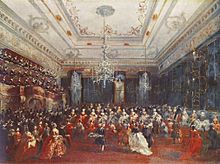
Peter played piano pieces from several other composers to demonstrate how they were influenced by Vivaldi.
Rome prided itself in offering a cerebral experience, whilst Venice was for fun and amusement. A popular time to visit Venice was at carnival time, but they were not happy that people went for the two weeks of carnival and then left; so they decided to extend the carnival to six months. There are few clocks in Venice as part of their wish for a suspension in time. With everyone in disguise and masked, an air of mystery was created. La Notte – Phantoms is so very atmospheric. however the very reason we love Vivaldi – the unexpected, was the very reason that Vivaldi fell out of favour. He had found his musical voice and style and he never really changed it, whilst his contemporaries were changing and developing. Listeners to his works would have difficulty dating it.
Vivaldi died in Vienna in 1741
At the end of the day we were all very much more aware of how Vivaldi and Venice were so intertwined, and were more able to answer the question posed by Peter at the beginning of the day – ‘What is it about Vivaldi’s music that is so indicative of 18th century Venice ?’ How Vivaldi’s music was such a reflection of 18th century Venetian life.
An incredibly enjoyable and informative day.
I am sure that many of us went home and listened to music by Vivaldi with a much more informed and appreciative ear.

